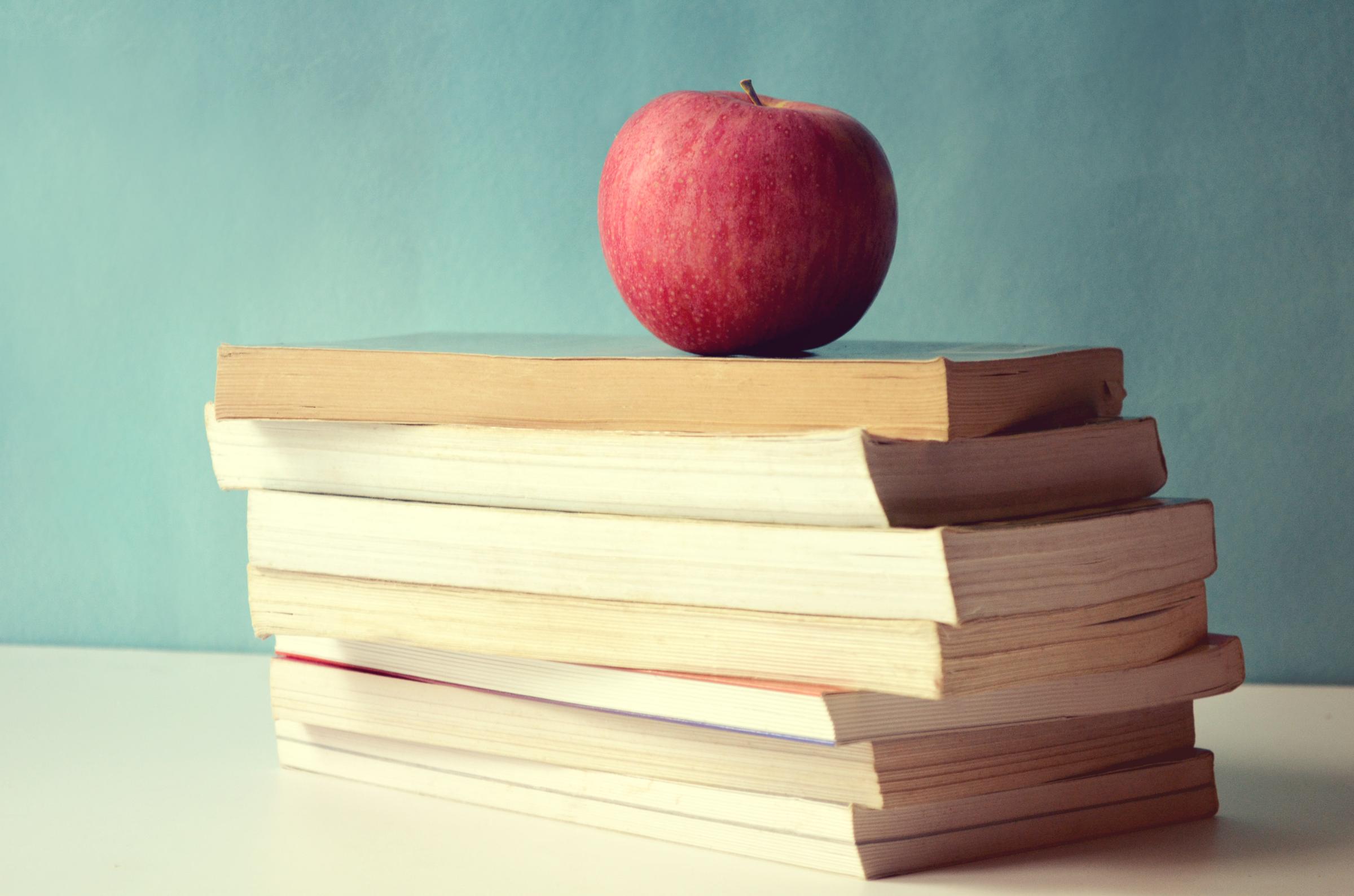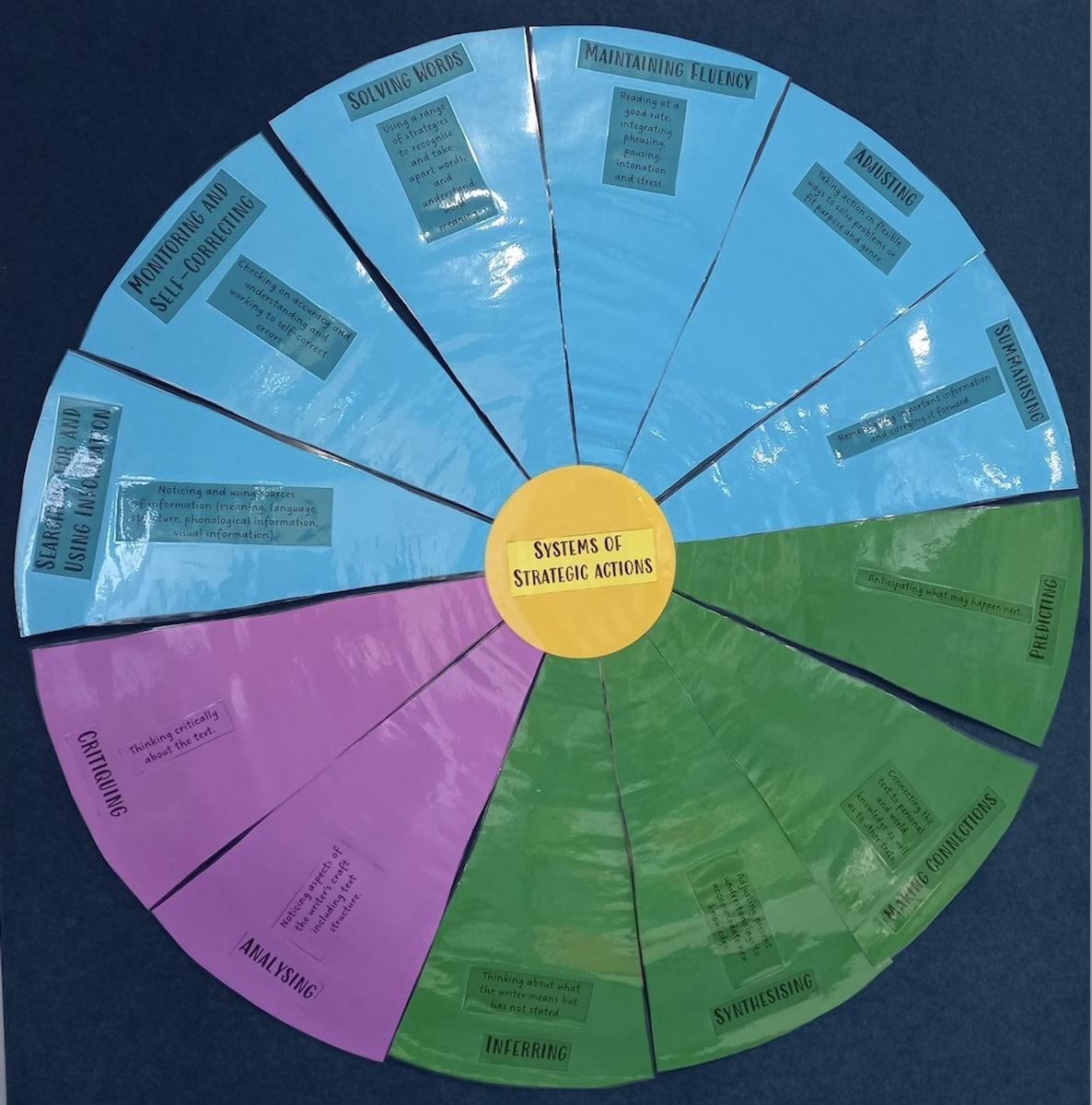Literacy and EAL
Reading Goals

Literacy and EAL
Reading Goals
Goal Setting
At Aitken Hill Primary School, we set learning goals for students in the different areas of the curriculum. As part of our Literacy Instructional Model students participate in individual reading conferences and small group instruction sessions, including Guided Reading and Reciprocal Reading. Throughout the year the teacher and individual students co-create reading goals. Reading conferences provide students with the opportunity to:
Reading Conferences
During our daily literacy block teachers conduct reading conferences with individual students. Each day the teacher will listen to 2-3 students read individually. Your child will conference with their teacher every 2-3 weeks. During this short conference the student and teacher will reflect on students progress against their previous goal and co-create a new goal.
Process of a Reading Conference
What are Reading Goals?
As a school, we use Fountas and Pinnell to assess our students. When students read they engage in three different types of thinking. These are Thinking Within the Text, Thinking About the Text and Thinking Beyond the Text. When teachers set goals for students they choose goals that align with these different types of thinking. Goals may include:
Thinking Within the Text: When readers search for and use information, monitor and self-correct, solve words, maintain fluency, adjust, and summarise.
Thinking Beyond the Text: When readers think beyond the text, they bring their prior knowledge and understanding of how the world works to the text in order to:
Thinking About the Text: When readers notice and analyse the craft or techniques that the writer made when writing the text. They critique this by determining how effective the choices were in achieving the purpose. Thinking about the text enables the reader to learn more about how texts are structured and crafted by writers.

